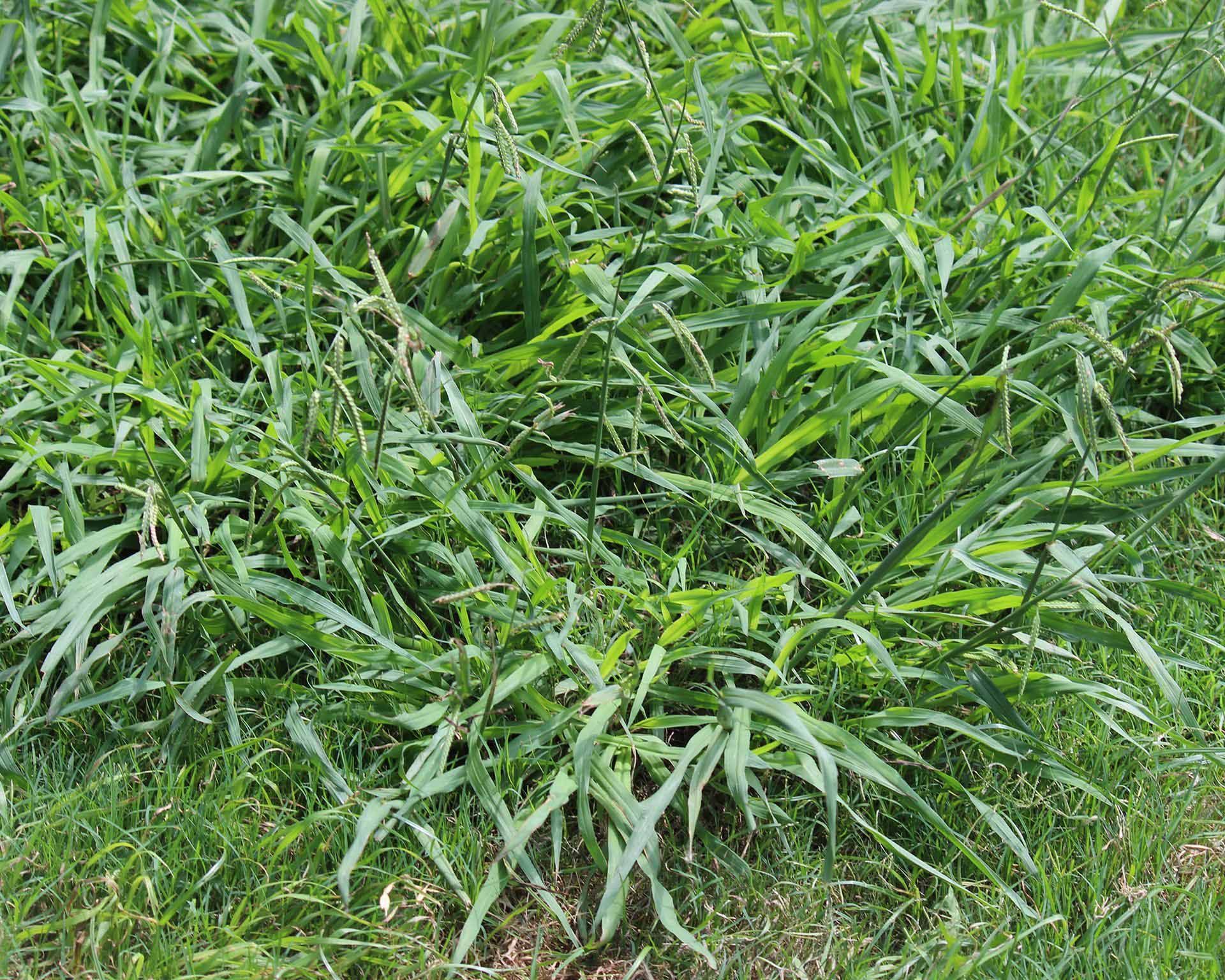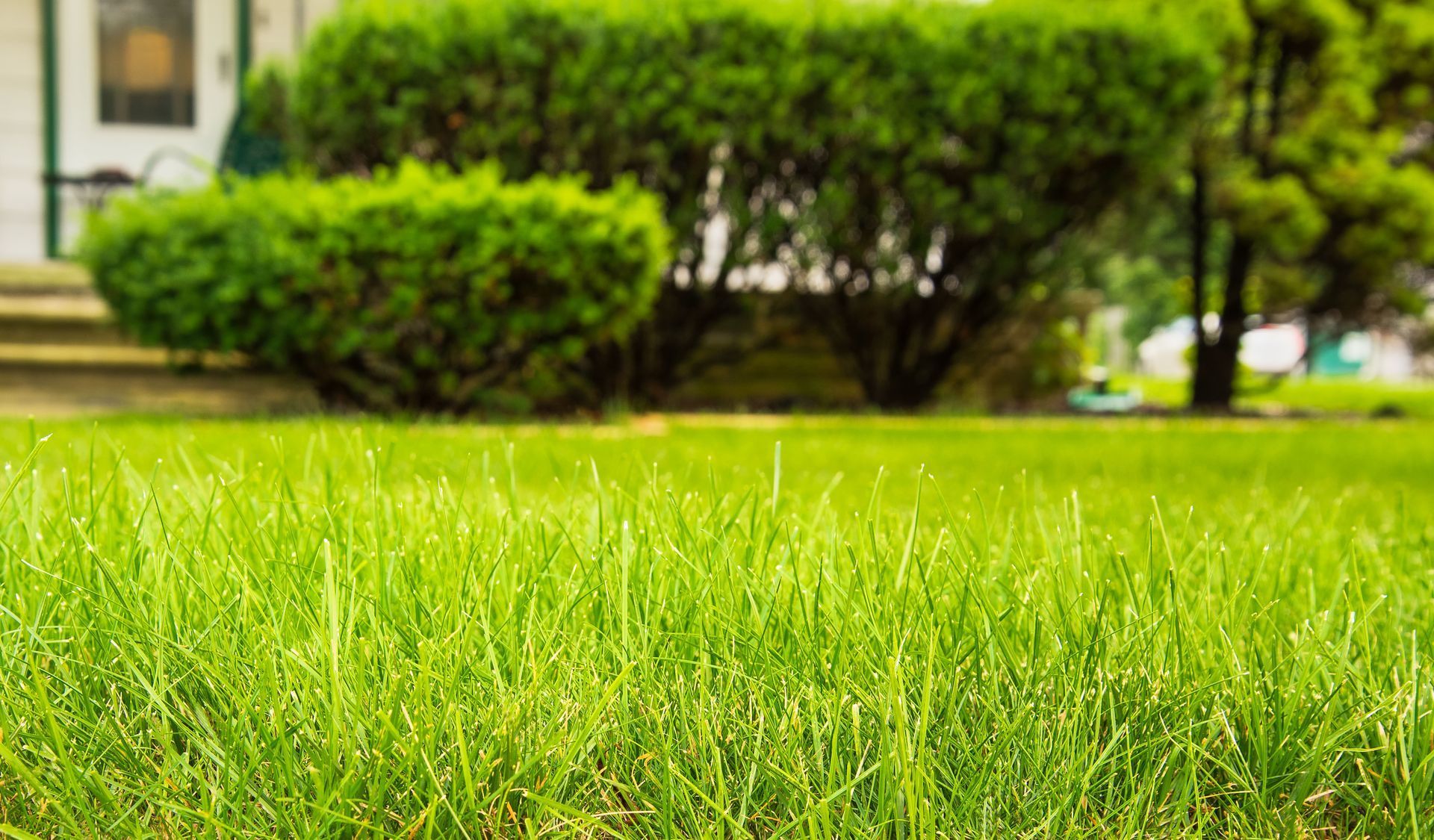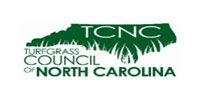January 12, 2024
The Crabgrass is a common and persistent weed that can quickly invade and take over your beautiful lawn. Its aggressive growth and ability to spread rapidly make it a nuisance for homeowners. However, with the right approach and strategies, you can effectively control and eliminate crabgrass from your lawn. In this blog post, we will discuss some proven methods for crabgrass control that will help you regain control over your lawn's health and appearance.
1. Pre-Emergent Herbicides:
One of the most effective ways to control crabgrass is by using pre-emergent herbicides. These herbicides work by creating a barrier on the soil surface that prevents crabgrass seeds from germinating. It is essential to apply the pre-emergent herbicide before the crabgrass seeds germinate, usually in early spring. Follow the instructions on the product label for proper application rates and timings.
2. Proper Lawn Maintenance:
Maintaining a healthy lawn is crucial in preventing and controlling crabgrass growth. Regular mowing, watering, and fertilizing will promote a dense and robust lawn that can outcompete the crabgrass. Set your mower to the recommended height for your grass type and avoid cutting more than one-third of the grass blade at a time. Water deeply and infrequently to encourage deep root growth and discourage shallow-rooted crabgrass. Apply a balanced fertilizer according to the specific needs of your lawn.
3. Hand Pulling:
For small patches of crabgrass or isolated plants, hand pulling can be an effective method. Ensure that you remove the entire plant, including the roots, to prevent regrowth. It is essential to do this when the soil is moist to make it easier to remove the plant. After removing the crabgrass, fill the area with soil and seed it with grass to prevent further weed growth.
4. Overseeding:
Overseeding your lawn can help fill in bare spots and create a dense turf that can prevent crabgrass growth. Choose a grass seed that is appropriate for your region and lawn conditions. Before overseeding, prepare the soil by raking away any debris and loosening the top layer. Spread the grass seed evenly over the lawn and water regularly until the new grass becomes established.
5. Post-Emergent Herbicides:
If crabgrass has already emerged in your lawn, post-emergent herbicides can be used to control it. These herbicides are designed to kill actively growing crabgrass. Select a herbicide that is specifically labeled for crabgrass control and follow the instructions carefully. Be cautious when using herbicides near desirable plants, as they can also harm them.
Conclusion:
Crabgrass control requires a multi-faceted approach that combines proper lawn maintenance, timely herbicide applications, and proactive measures. By following these effective Lawn treatment methods, you can prevent crabgrass from taking over your lawn and enjoy a healthy, weed-free outdoor space. Remember to read and follow all product labels and consult with a professional if needed. With persistence and consistent efforts, you can achieve a lush and crabgrass-free lawn. Controlling crabgrass can be difficult. If you would like assistance eliminating crabgrass from your lawn, please do not hesitate to contact Emerald Green, Inc for a FREE ESTIMATE . We are here to help with all your lawn care needs!





